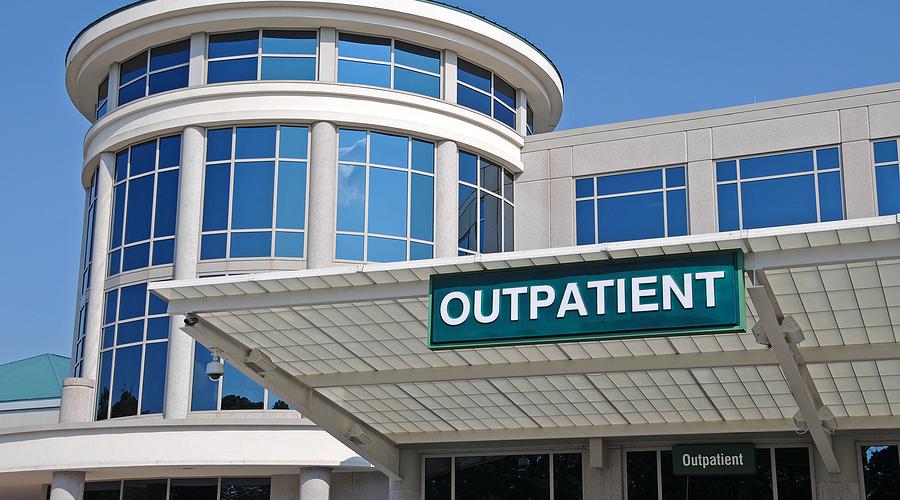
Lessons of CARES Act Outlined
Emergency federal aid to health care providers and hospitals during the pandemic is a prime example of how well-intentioned policies can be derailed in implementation, according to a report co-authored by Professor Rosemary Batt that was published Thursday by the Center for Economic and Policy Research.
Curbing Inequities in the Distribution of Emergency Relief: Lessons from the CARES Act in Health Care, by Eileen Appelbaum and Batt examines the inequities within the initial CARES Act allocation formulas, how the rules evolved, and offers lessons to craft equitable emergency aid policies in the future.
One of the report’s recommendations is to audit financial statements of hospitals and other health care providers with gross revenues above a threshold so regulators can better identify fraudulent use of bailout funds.
The timeliness of the report’s recommendations was made clear in Wednesday’s State of the Union address, the authors said. President Biden announced plans to expand the Department of Justice’s COVID-19 Fraud Enforcement Task Force by appointing a chief prosecutor to lead teams of specialized prosecutors and agents focusing on major targets of pandemic fraud.
It is unclear whether hospitals or providers used CARES Act funds inappropriately, but the lack of adequate monitoring and auditing provisions in the initial CARES Act made it difficult for regulators to identify fraud, Batt and Appelbaum said.
“By adopting the recommendations gleaned from this report, future emergency relief programs could avoid misallocation of funds and fraud,” said Batt, the ILR School’s Alice Cook Professor of Women and Work.
In addition to the auditing recommendation, the report outlines additional recommendations:
- Impose these two requirements, at a minimum, on hospitals and hospital chains that receive relief funds from the government: (1) Hospitals cannot refuse patients transferred from other hospitals based on the patient’s insurance coverage or ability to pay. (2) For some period following the receipt of public funds, hospitals or chains cannot sell assets, recapitalize dividends, buyback stocks, or otherwise use the receipt of public funds to enrich their owners.
- The distribution of relief funds will always involve formulas for allocating them and congressional oversight and accountability to ensure the intent of the law is followed. The period that funds are allocated should match the period associated with the health emergency.
- Hospital net patient revenue is a poor basis for allocating rescue funds. The measure favors hospitals serving well insured patients and hospitals that can charge higher fees for procedures.
- To evaluate the potential burden that a crisis will place on the hospital, use data on the socioeconomic and demographic characteristics of the patient population served by the hospital.
Assess a hospital’s ability to survive for a period using its own resources. Days of cash on hand is one such measure; the share of Medicaid and CHIP patients is another.